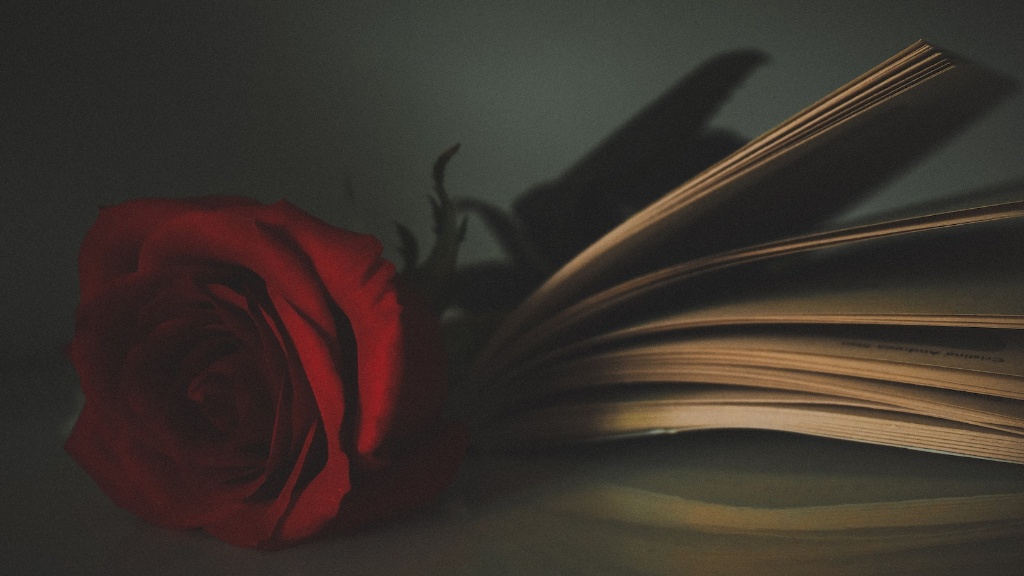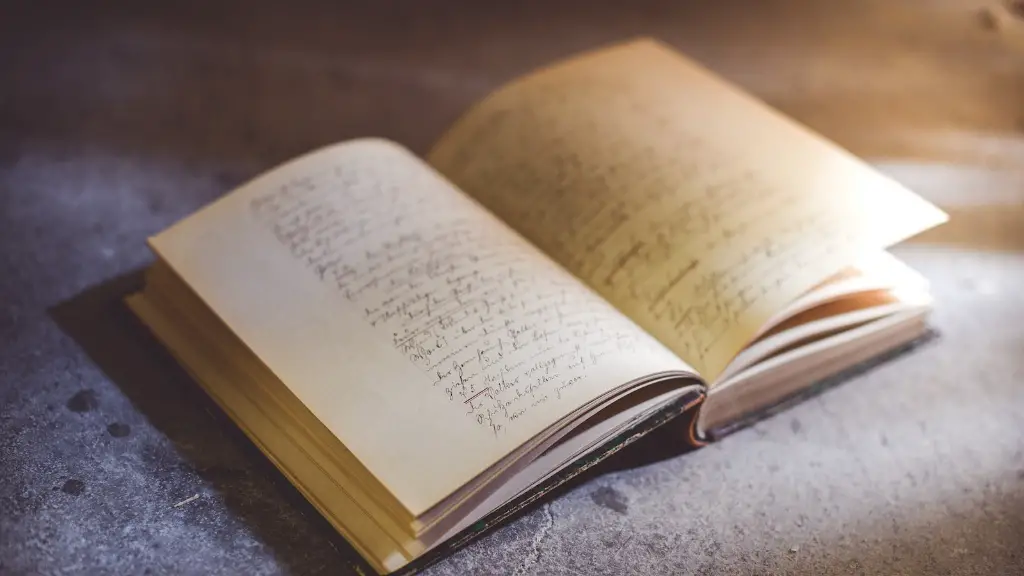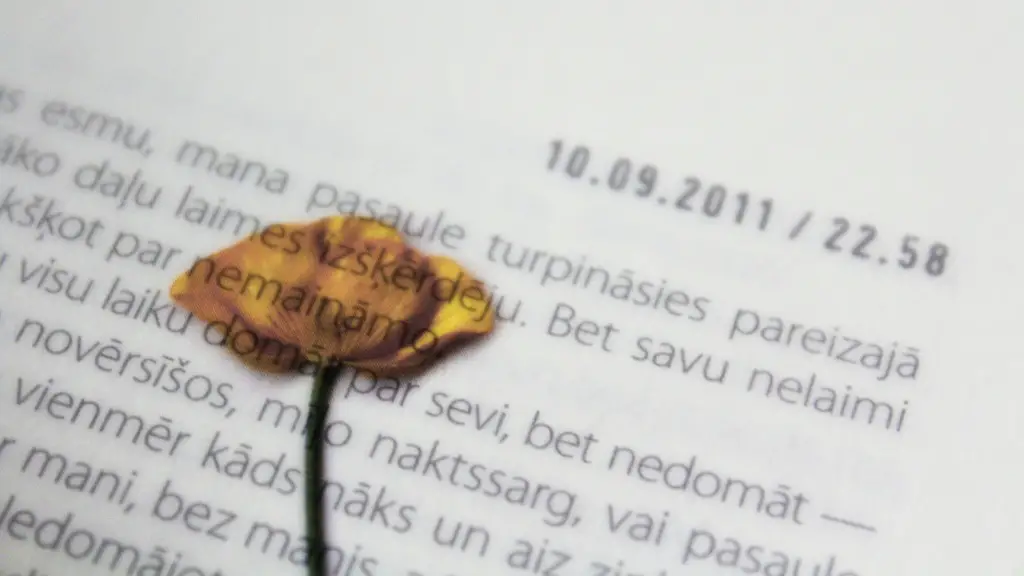The Search for Poetry
Poetry has been defined as the expression of the human soul in words and as the most subtle of all human arts. Yet as human beings move further away from their traditional mediums of communication, it can be argued that the search for and appreciation of poetry is becoming ever more difficult. From the unexplored corners of library archives to the all-consuming world of the internet, this article seeks to explore the ways in which poetry is becoming ever-more hidden and the implications this has for its appreciation.
One example of poetry becoming increasingly invisible is its presence in traditional mediums such as books, newspapers and magazines. Many newspapers, while featuring literary content, rarely feature significant space devoted solely to poetry, opting instead to focus on prose pieces or opinion pieces on visual arts and music. This is particularly noticeable in the form of high profile literary works, whereby the amount of recognition and acclaim afforded to poets routinely pales in comparison to writers of prose. Furthermore, with many literary editors lacking any formal training in poetry, it is likely that the complexities of poetics and techniques favoured by modern poets are overlooked.
In addition to these issues, the increased proliferation of digital media is also playing its part in shrinking the public’s access to poetry. Whilst writers of digital content are often given more room for creativity, the emphasis placed by popular websites upon brevity and adherence to a more formulaic structure does not often lend itself to being conducive to the appreciation of poetry. Furthermore, in many cases the transient nature of posts on social media mean that poems may be forgotten within days, making it difficult for readers to appreciate such works in the way they would a longer piece of prose.
Despite these obstacles, it is worth noting that poetry still exists in robust form outside of these traditional channels. For instance, a much overlooked element of poetry-appreciation it is the near-ubiquitous presence of poetry in the lives of emigrants. Whether it is being spoken in a foreign land to stay connected to the culture and history of one’s home, or attempting to capture the sights and sounds of a new world, poetry continues to hold a unique place in the lives of migrants and refugees.
Perhaps the most potent example of poetry remaining narrowly visible comes from the world of digital media. Increasingly, the internet is being used by poets to share their work and create a community of those who appreciate their work. Online journals, blogs and discussion boards dedicated to poetry are springing up in their droves, allowing readers an insight into their lives and thoughts through the medium of poetry. By sharing their work online, these poets are able to spread their work far and wide, ensuring that their art form is appreciated by a much wider audience.
Whilst there is an ever-increasing possibility of poetry becoming hidden from the public eye in traditional mediums, the fact that its presence remains strong in alternative channels offers solace to those seeking to appreciate poetry. As long as poets choose to make use of these channels, it is likely that the appreciation of poetry shall remain very much alive and kicking.
The Emerging Poet
It follows that the way in which poets present and promote their work is likely to have a significant bearing on its success and the longevity of its impact. Yet in the ever-changing digital age, the evolution of traditional promotion techniques has been somewhat slow to evolve. Many poets find themselves stuck between a rock and a hard place, faced with the choice between being invisible or projecting themselves in an unrecognizable manner.
It is interesting to note, however, that the rise of digital literary journals and online communities has enabled poets to reach out to an ever wider audience. By utilising the use of social media to share snippets of their work, they are able to create a strong online presence, allowing their work to be discovered and appreciated by a broader audience. In addition, the use of crowdfunding and fan-funding websites presents a viable way for poets to gain financial support for their craft, removing some of the financial pressures associated with writing, and allowing them to create more without limit.
In years gone by, the emergence of a new poet onto the literary scene was an institutionalized affair, taking place in literary salons or other strict spaces. However, with new media on the rise and the proliferation of the internet, the roles of these traditional spaces have decreased somewhat, giving the poet more autonomy in their work. A new generation of poets is coming into its own, finding their purpose and audience without relying on the establishment to do so.
The challenge that now lies before these emerging poets is to seek out and nurture their readership, enabling them to build a lasting community with their work. Poetry, as an art form which often relies on the strength of its recipients, must find its way into the hearts and minds of its readers, allowing them to be truly moved and inspired by its power. Through creating a dedicated and passionate readership, poets can ensure that they remain firmly and proudly inscribed in the public consciousness.
Poetry and the Young Reader
A particularly pertinent issue when discussing the preservation of poetry is that of young readers. Much has been written about the current state of literacy in the younger generation, with many figures citing growing numbers as young people becoming disengaged from reading. In particular, studies have found that one of the groups least likely to read for pleasure is 15-year-olds, with many citing lack of interest as a primary factor in their lack of engagement.
At this juncture, it is worth considering the role that poetry may play in reinvigorating young people’s interest in literature. Accessibility of material is likely to be instrumental in increasing levels of literacy, with many finding the complex and heavily themed content of some literature difficult to understand. By contrast, the use of simple language and imagery in many modern poems makes them attractive to a wide range of readers, whilst the often subversive messages embedded in poems can be both eye-opening and increasing enjoyable.
It is, therefore, essential to seek new ways of introducing poetry to the younger generation. Whilst traditional outlets such as libraries, anthologies and creative writing classes may still be relevant, the investment in providing new and innovative ways of introducing poetry to young readers is increasingly needed. Whether this be in the form of digital reading clubs, interactive sessions or audio libraries, the current generation should be given an opportunity to experience and enjoy the power of poetry.
Redefining Poetry
In a world where literature can feel increasingly transient and disposable, the search for real and quality poetry has been an ever more challenging one for many readers. Yet rather than bemoan this fact, it may be pertinent to consider what new opportunities this presents the poet. In much the same way as the pop-star creates the news of their career, the poet should create their own destiny, giving shape and voice to their work in ways which remain true to their craft.
One such example of this is the proliferation in podcasts and audio projects which are now being used to present poetry. The beauty of such projects lies in their portability and accessibility, with many creating small but passionate sub-genres around their content. Furthermore, by utilizing digital platforms, poets can spread their works far and wide, reaching audiences which have often been inaccessible due to geographical location or financial restrictions.
Over recent years, the rise of visual poetry has also presented a captivating medium for poets to explore. By embracing the core elements of the craft whilst amplifying and adding to them with visuals, poets can seek to create a unique experience and feel to their work. The idea of presenting a poem as a gallery piece, or as a multimedia project, provides poets with the opportunity to explore their craft in creative and exciting ways, and allows readers to engage with their work in a new manner.
Towards An Open Marketplace of Poetry
Perhaps the greatest challenge that poets face in the current age is that of traditional publishing. Many talented poets are unable to get their work published due to their lack of credentials or the particular style of their work. Moreover, with traditional publishers placing much emphasis on trends, structural devices and the establishment of a commercial outlet, many poets find their work to be overlooked for those which tick the boxes of ‘traditional poetry’.
In spite of this, a growing number of poets are turning to alternative outlets to share their work. By utilizing the internet as a means of self-publishing, many of these poets have successfully managed to pass their work on to a wider readership. Moreover, by utilizing new technologies, many have also managed to develop their own, unique voices within the world of poetry, allowing themselves to find their own niche and gain an audience with the right taste.
Although no single strategy can guarantee the future of poetry, the current state of the art form suggests that it remains healthy and vibrant. From the ultimate search for real, traditional poetry to the birth of new innovative outlets, the range of options available to both poets and readers of poetry suggests a bright and exciting future for the craft.
The Role of the Poet in Contemporary Society
As the need for creativity and art increases, the role of the poet in contemporary society becomes increasingly important. As digital platforms place a greater emphasis on the need for succinct and engaging content, the poet’s skill of conveying powerful messages with fewer words becomes valuable asset. Furthermore, as the world becomes evermore chaotic and stressful, the creative power of the poet’s mind and the resplendent beauty of their imaginative vision present the reader with a much needed escape.
Yet the role of the poet isn’t merely aesthetic, it can also be that of a driving force of change. Through their often subversive messages, audiences can be made aware of injustices previously unbeknownst to them and real conversations can be had around progressive topics. The poet presents a powerful, if not mystical, figure through their intrinsic power of insight and it is this quality which ensures their place in modern culture.
The advancement of poetry into the digital age has opened up new ways for poets to exist and for their work to be appreciated. It has presented an innovative and wild new playground for poets to cultivate their work, but also allowed them to reach a wider audience and engage with a new generation of readers. Now is the time for poets to recast the very form they seek to protect, and to find new ways to reach and inspire a new age of readers, allowing them to appreciate the beauty and power of poetry.
New Terminology in Poetry
As poetry by its very nature is such an abstract form of communication, it stands to reason that its language is ever-evolving and its terminology increasingly versatile. Whilst the classic terms still provide the poet with the trusty building blocks to craft their words, a new wave of terms is increasingly becoming part of its foundational structure.
One of the most interesting examples of a new term being adopted into poetry is the term ‘stream of consciousness.’ This concept, which speaks to the continuous line of thoughts in a person’s mind, is starting to be seen more frequently not only as a means of communication but also as a framework for many poems. By interweaving the dreamlike thought process into the structure of the poem, it gives the reader an insight into the thoughts and feelings of the poet, without requiring them to explain it in the classic sense.
In a world which is often so consumed by structure and protocols, the playful use of terms like stream of consciousness allows the poet to break free of these restraints and create lasting pieces of work. Through allowing the words to flow freely they can create unique experiences and captivating stories, allowing their work to remain true to its core purpose.
The Reinvigoration of Poetic Forms
Whilst some poets may feel that poetry is becoming increasingly boring as more and more pieces attempt to replicate a similar structure, this could not be further from the truth. Over recent years, new techniques have been developed which have seen poetic forms morph into new and creative forms. Through the utilisation of new tools, such as multimedia and visual works, the realm of poetry has become one of the most exciting and progressive forms of literature.





